Intersecting regulations and jurisdictions mean rules can be accidentally or deliberately overlooked
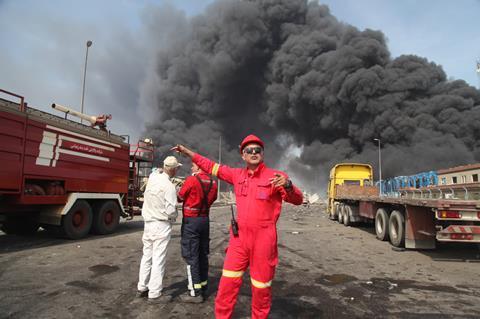
The deadly explosion and fire at the Iranian port of Shahid Rajaee is a stark reminder of the inherent risks of transporting large quantities of hazardous chemicals around the world. National and international regulations play a huge part in mitigating those risks. But when regulations and safety measures are neglected – accidentally or deliberately – the consequences are devastating.
Iran’s government has said that negligence and ‘noncompliance with safety precautions’ contributed to the incident, which has so far claimed 70 lives and injured over 1000 others. The cargo involved has not been officially identified, although there are suggestions from international sources that it was sodium perchlorate destined for military use. Iran’s government and military have strongly refuted such allegations. Whatever it was, reports suggest it was not properly registered or declared to the port authorities.
Some of the most devastating chemical incidents of recent years have occurred at ports – almost always when safety measures have not been implemented correctly. 2020’s explosion in Beirut, Lebanon, which killed at least 135 people, was caused by ammonium nitrate that had been improperly stored for years after it was left stranded by its owners; 165 people died in Tianjin, China, after explosive and hazardous materials that were not safely stored ignited. Similar failings accompanied a massive chlorine release in Jordan and a hydrogen peroxide explosion in Bangladesh in 2022, among others.
Ports are complex operations. They naturally sit at the intersection of many different sets of rules, regulations and jurisdictions. The nature of maritime trade between countries with different approaches to regulation and safety, combined with local and regional variation in the implementation of those regulations, inevitably means there are gaps through which materials can escape safety nets. As well as handling hazardous materials in transit, ports often end up being ideal sites for chemical processing and manufacturing, given their ready access to feedstocks such as oil from offshore extraction, and bulk transport of products, as well as the availability of cooling water.
In 2024 the Organisation for Economic Co-operation and Development (OECD) produced a report highlighting the challenges in managing hazardous chemicals in port areas. The report notes that many countries stepped up their inspection and enforcement activities in the wake of the Beirut and Tianjin incidents. However, there remain significant difficulties around maintaining cohesive governance of port areas. Ensuring hazardous materials are properly stored and separated, and that port infrastructure is adequate, and emergency responses prepared, must all take place while enabling ports to run efficiently.
Ports are also facing evolving hazards. Climate change is increasing the risk of natural disasters, such as severe storms, flooding and rising sea levels, to which ports are particularly exposed. Alternative fuel sources such as ammonia, liquefied natural gas and large-scale battery storage introduce new and different hazards in port environments. Preventing future tragedies requires, perhaps more than ever, continued and redoubled efforts at international collaboration and cooperation on safety and best practice.


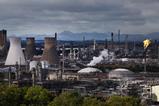

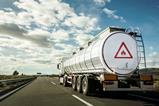
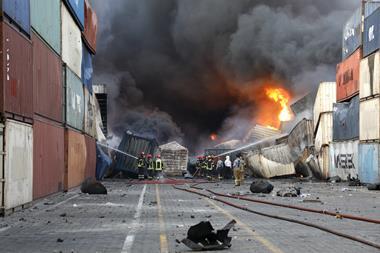
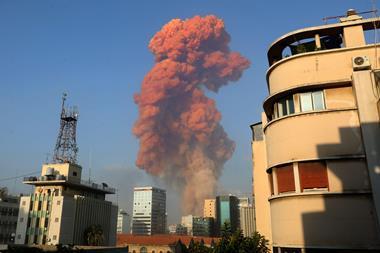
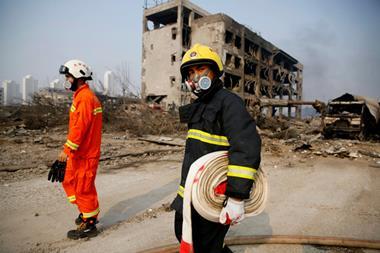









No comments yet